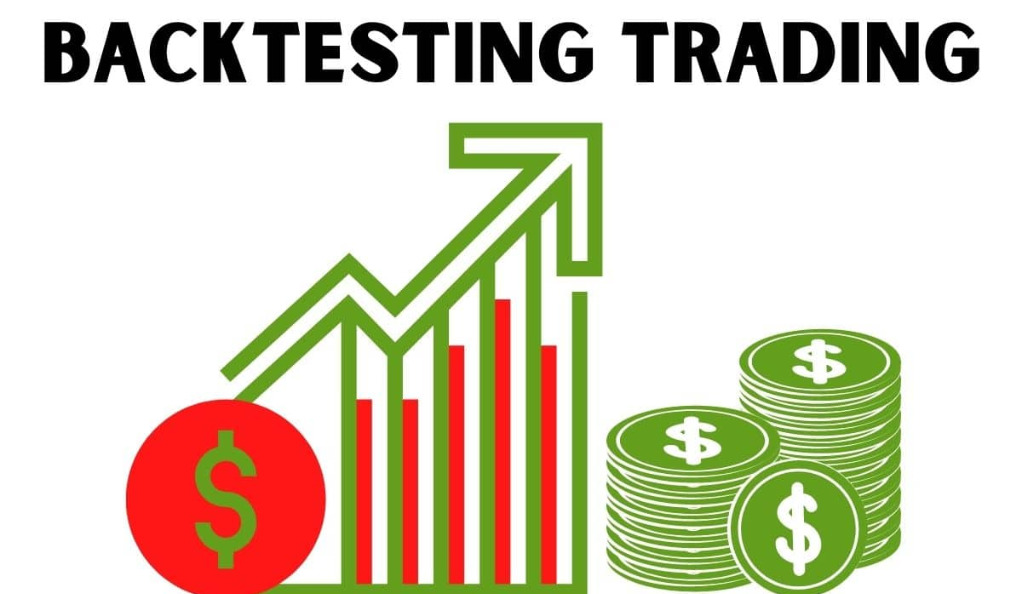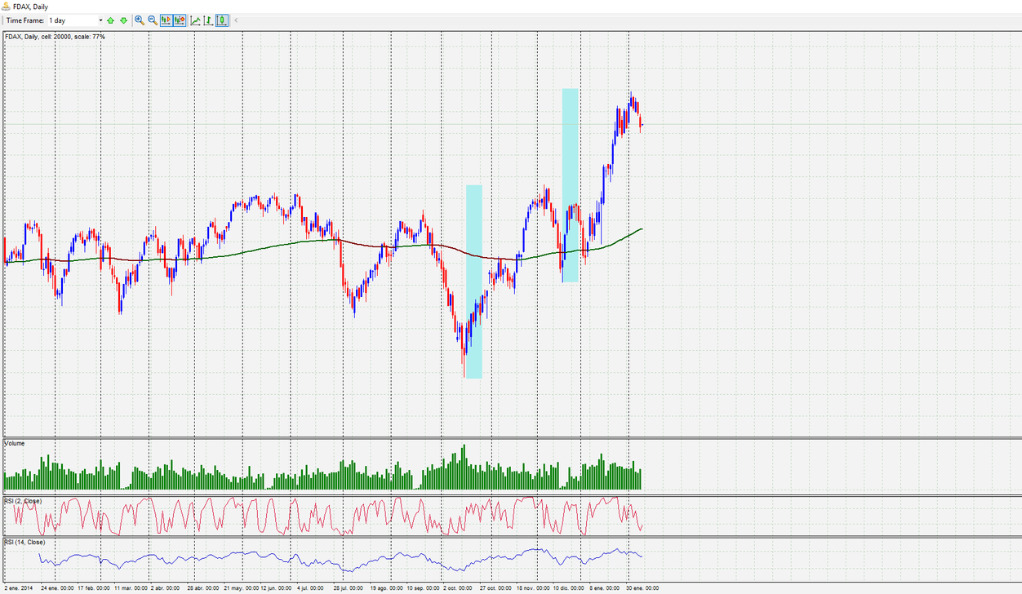Backtesting is a critical component in the world of trading, often serving as the backbone of any successful trading strategy. It’s a method that allows traders to simulate their trading strategy on historical data to gauge its effectiveness. But how does it work? And why is it so important? Let’s dive in and explore.
Understanding Backtesting
Backtesting is a process where a trading strategy is applied to historical data to see how it would have performed. It’s like a rehearsal before the actual performance, providing traders with a glimpse of what could happen in the future. This method is widely used in all trading markets, including forex, stocks, and commodities.
The Importance of Backtesting
Backtesting is a cornerstone in the realm of trading, and its importance cannot be overstated. It serves as a critical tool for traders, allowing them to assess the viability of a trading strategy before deploying it in real-world markets. By applying a specific strategy to historical market data, traders can see how that strategy would have performed in the past. This provides a valuable insight into the potential profitability of the strategy and its risk levels. It’s like having a time machine where you can travel back and see how your decisions would have played out, giving you a unique perspective and a chance to learn from the past.

In addition to assessing profitability, backtesting also plays a pivotal role in strategy optimization. Once a strategy is backtested, the results can be used to fine-tune the strategy, making necessary adjustments to improve its performance. This could involve tweaking the entry and exit points, adjusting stop-loss and take-profit levels, or even changing the underlying indicators or parameters used in the strategy. This iterative process of backtesting and optimization helps in refining the strategy, making it more robust and adaptable to different market conditions. Thus, backtesting serves as a feedback mechanism, guiding traders to improve their strategies continually.
The Process of Backtesting
The process of backtesting is a systematic one, involving several crucial steps. It begins with the formulation of a clear and concise trading strategy. This strategy should include specific details such as the conditions for entering and exiting a trade, the timeframes to be used, and the indicators to be applied. It’s essential to be as precise as possible in defining the strategy to ensure that the backtesting results accurately reflect its potential performance. This step is akin to setting the rules of a game – the clearer the rules, the easier it is to play, and the more meaningful the results.
Once the strategy is defined, the next step involves selecting a relevant historical data set. This data set should ideally cover a wide range of market conditions, including both bullish and bearish trends, to test the strategy’s resilience under different scenarios. After the data set is chosen, the strategy is then applied to this data. This involves simulating trades based on the strategy’s rules and recording the results of each trade. The final step is the analysis of these results. This includes calculating key performance metrics such as the win rate, the average profit or loss per trade, the drawdown, and the risk-reward ratio. These metrics provide a comprehensive view of the strategy’s performance, helping traders decide whether to adopt the strategy, discard it, or refine it further.
Case Study: Backtesting a 15-Minute Timeframe Strategy
In this case study, we’ll delve deeper into a specific instance of backtesting a trading strategy on a 15-minute timeframe. The strategy in question was applied to a series of 100 trade setups identified over a period of two months. The initial balance for this backtest was set at 1000 USD, and a risk level of 2% was applied to each trade. This risk level is a crucial aspect of the backtesting process as it helps manage potential losses and ensures the sustainability of the trading account.

The backtesting process involved applying the trading strategy rules to each of the 100 setups and recording the results. This included tracking the number of winning and losing trades, the profit or loss from each trade, and the overall balance of the trading account. After applying the strategy to all setups, the results were analyzed to assess the strategy’s performance.
The win rate, which represents the percentage of trades that resulted in a profit, was found to be 46%. This means that out of the 100 trades, 46 were profitable. While this might not seem like a high win rate, it’s important to remember that a strategy’s profitability is not solely determined by its win rate. The size of the wins relative to the size of the losses, often referred to as the risk/reward ratio, also plays a significant role.
Backtesting on Different Timeframes
Backtesting on different timeframes is a crucial aspect of strategy development and optimization. The choice of timeframe can significantly impact the performance of a trading strategy. For instance, a strategy that works well on a daily timeframe might not yield the same results on a 1-hour or 5-minute timeframe. This is because market dynamics can vary greatly across different timeframes. On longer timeframes, trends may be more pronounced and easier to identify, while shorter timeframes might be dominated by market noise and minor price fluctuations.

The choice of timeframe should align with the trader’s style and objectives. For instance, a day trader might focus on shorter timeframes to capitalize on intraday price movements, while a swing trader or investor might opt for longer timeframes. When backtesting a strategy, it’s important to test it on the timeframe it’s intended to be used on. However, it can also be beneficial to test the strategy on different timeframes to understand its versatility and robustness. For example, if a strategy performs well across a range of timeframes, it might indicate that the strategy is robust and not overly reliant on specific market conditions. Conversely, if a strategy only performs well on a specific timeframe, it might suggest that the strategy is more sensitive to the timeframe and should be used with caution.
The Pitfalls of Backtesting
While backtesting is a powerful tool in a trader’s arsenal, it’s not without its pitfalls. One of the most common challenges associated with backtesting is the risk of overfitting. Overfitting occurs when a strategy is excessively tailored to fit the historical data, resulting in a model that performs exceptionally well on this data but fails to deliver similar results in real-time trading. This is often due to the strategy being too complex or having too many parameters, causing it to capture the noise in the data rather than the underlying trend. Overfitting can give a false sense of confidence, leading traders to overestimate the effectiveness of their strategy.

Another pitfall of backtesting is the assumption that future market conditions will mirror the past. While historical data can provide valuable insights, it’s important to remember that the market is influenced by a multitude of factors, many of which are unpredictable. Economic events, policy changes, and market sentiment can all cause the market to behave differently than it has in the past. This is why it’s crucial to complement backtesting with other forms of analysis and to remain flexible in the face of changing market conditions. Additionally, the quality of the data used for backtesting can also impact the results. Inaccurate or incomplete data can lead to misleading backtest results, underscoring the importance of using high-quality, reliable data sources.
The Role of Risk Management in Backtesting
Risk management is an integral part of backtesting and, indeed, any trading strategy. It’s the mechanism that helps traders protect their capital from significant losses. When backtesting a strategy, it’s crucial to incorporate risk management rules to understand how the strategy performs under various risk parameters. This could involve setting a maximum allowable loss per trade or determining the optimal position size based on the trader’s risk tolerance. By incorporating risk management into backtesting, traders can get a more realistic picture of a strategy’s performance, taking into account both potential profits and losses.

In addition to providing a more comprehensive view of a strategy’s performance, incorporating risk management into backtesting also helps in strategy optimization. For instance, a strategy might show high profitability when backtested without any risk management rules. However, it might also expose the trader to significant drawdowns or losses. By applying risk management rules during backtesting, traders can identify such scenarios and adjust the strategy accordingly. This could involve reducing the position size, setting tighter stop-loss levels, or even discarding the strategy if the risk is deemed too high. Thus, risk management not only protects a trader’s capital but also plays a vital role in shaping and refining the trading strategy.
Conclusion
In conclusion, backtesting is an essential tool for any trader. It provides valuable insights into a strategy’s potential performance and helps optimize it for better results. However, it’s crucial to remember that backtesting is just a part of the overall trading plan and should be complemented with sound risk management and continuous learning.
Remember, the market is an ever-changing entity, and what worked in the past might not necessarily work in the future. So, always stay flexible, keep learning, and keep testing.
Ainu Token aims to offer impartial and trustworthy information on cryptocurrency, finance, trading, and shares. However, we don't provide financial advice and recommend users to conduct their own studies and thorough checks.

Comments (No)